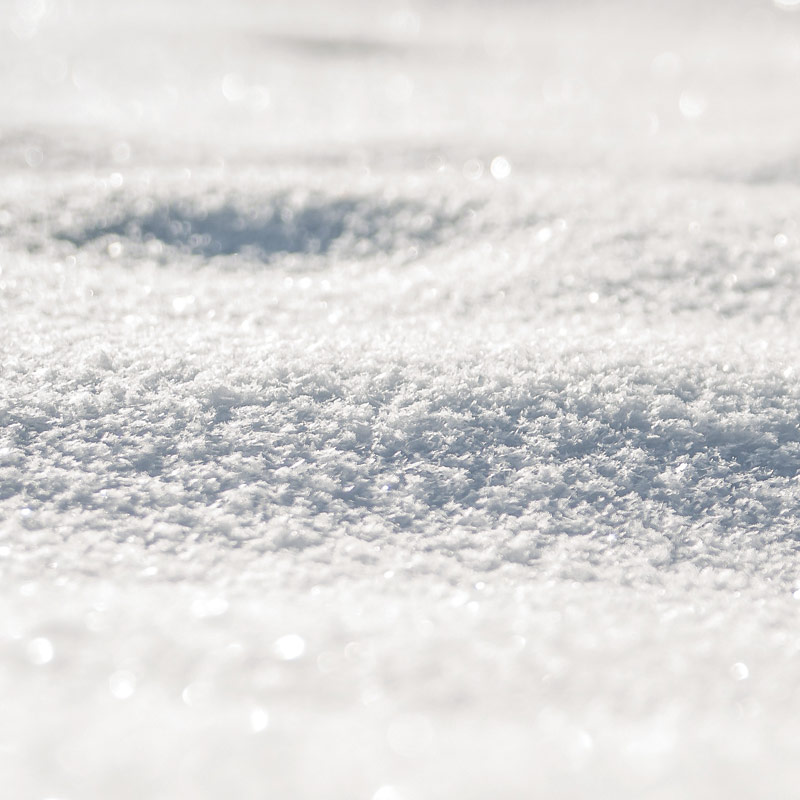Winter Sports Safety Tips
Safety & Awareness | January 1, 2020

By Jo Ellen Biadasz, RN, BSN – Safe Kids Fox Valley Interim Coordinator
Winter enjoyment comes in many different shapes and forms that has been traditional for generations. From the hillside, mountain, lake or machine there is lots of fun to be had by all. This winter season, don’t become a statistic, avoid the real dangers winter sports could entail to bring without proper precautions!
Skiing/Snowboarding Tips
- Gear up with equipment in good condition that fits properly.
- Take ski lessons your first time out each season.
- MOST IMPORTANT: Wear a helmet made for skiing/snowboarding.
- Dress in thin layers with gloves and a hat.
- Always ski or snowboard with someone.
- Know and follow the rules and regulations of the ski hill or resort.
- Only ski/snowboard in areas and trails that match your ability.
Fishing, Skating or Hockey Ice Sport Safety Tips
- Learn basic skating skills such as how to stop and fall appropriately.
- Make sure skates and gear fit properly, including a helmet and dress in layers.
- Never go alone on the ice, and take a cell phone with you.
- Only travel in areas you are familiar with, avoiding traveling in the dark or in reduced visibility. Also avoid inlets, outlets, or narrow areas that may have current under the ice making it thin. Avoid ice that has snow on it or has bubbles in it, look for clear ice.
- Remember: There is no such thing as ice being 100% safe.
Snowmobiling Tips
- Speed is not the need to have fun; high speeds almost always play a part in fatalities.
- Stay on marked trails and avoid traveling across bodies of water.
- Dress properly, wear a helmet with a face shield or goggles, and carry a first aid kit.
- Never travel alone!
Sledding Tips
- Choose the right hill, not to steep, away from roads, and free of obstacles & hazards.
- Dress in layers and other sensible winter clothing, avoiding scarves that could cause risk for strangulation if it gets caught on something.
- Use a sled you can control and fit well on, wearing a helmet, and sitting upright, forward facing.
- If under age 5, sled with an adult. Kids under 12 should still be watched at all times.
Frostbite/Hypothermia
WEAR WARM CLOTHS & DRESS IN LAYERS!
Frostbite happens with exposure to severe cold temperatures, usually occurring on fingers, toes, ears, nose cheeks and chin. Early stages of frostbite start with frostnip – skin that is red or sore – which can lead to mild frostbite causing redness, prickling and a cold feeling that is followed by numbness with irritation to the skin. Superficial frostbite is when your skin feels warm. A serious sign of skin involvement is when you may see skin turn a pale yellow or white. Blister’s filled with fluid may appear 24 to 36 hours after the skin is re-warmed and thawed. You may experience numbness with deep frostbite as well. Joints or muscles also may no longer work in addition to having the blisters. Skin may feel very hard and cold to the touch leading to area’s of the skin turning black as the tissue dies showing advanced stage of Frostbite. Keep your skin protected this winter season, don’t let any of the above symptoms happen to you!
If frostbite is suspected immediately get indoors and seek medical attention. Remove any tight jewelry or clothing that could compromise circulation. Elevate the affected area to reduce pain and swelling. For superficial frostbite, you can put affected area in water that’s 100-105 degrees until tissue is soft.
Hypothermia happens when the bodies temperature drops below 95 degrees. Severe shivering is one of the first signs attempting to keep the body warm. As hypothermia worsens, the shivering may stop leading to signs of drowsiness, confusion, shallow breathing, slurred speech, loss of coordination, and eventually unconsciousness or even death. If someone is experiencing hypothermia, get the victim inside, removing wet clothing and call for medical attention. Add pillows, blankets beneath and around the victim laying in a horizontal position, and perform CPR if necessary.



